Manet - the Unrecognized, the Aristocrat, the Great Bohemian
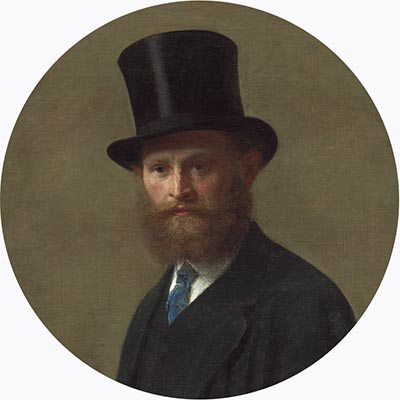
One hundred ninety years have passed since the birth of the famous artist.
He was born on January 23, 1832 in Paris, as the first-born son of a ministerial clerk and the daughter of a diplomat. An illustrious background that suggested a career in the upper echelons of power, but the son of Auguste Manet and Eugenie Fournier resisted parental opinion and his father's plans to study law from a very young age. After Edouard, his brothers Eugene and Gustave were born.
Seven-year-old Edouard Manet is sent to a boarding school where his parents hope he will be taught obedience and discipline. Later on he is enrolled at College Rollin, where he met Antonin Proust - his friend for the rest of his life, whose memoirs shed much light on Manet's life.
In fact, in their youth, Manet and Proust toured museums and the Louvre together; often times - along with Manet's maternal uncle - Edouard Fournier, the only one in the family who encourages his nephew to paint.
Manet graduates from the Collège Rollin with the intention to enter the Ecole Navale, but fails to pass the exams and leaves on a trainee ship for Rio de Janeiro and Guadeloupe. On board, he fills an entire sketchbook with caricatures of the ship's officers and commander. After his return, he suffers another failure - for the second time he can not take the entrance exams at the Ecole Navale. His parents give up on their "incompetent" son and agree, albeit reluctantly, for him to pursue art.
After he was rejected by the army, Manet enrolled in a painting course with the artist Thomas Couture, as well as in the register of copyists painting at the Louvre. He mastered the techniques so well that he became one of the best copyists - he painted with detailed accuracy copies of the paintings of the greatest masters exhibited in the Louvre. The material well-being of his family allowed him to travel the world and visit many countries: Brazil, Germany, Italy, the Netherlands, Spain and England. Everywhere he studied the masters of the brush and literally fell in love with the artists Diego Velasquez and Francisco de Goya.
The general public recognizes the artist mainly by three paintings by Manet - "Olympia", "The Luncheon on the Grass" and "A Bar at the Folies-Bergère", but he is the author of dozens of remarkable canvases, which even today amaze connoisseurs of fine art with their perfection.
Manet is bold and defiant even in his first works. This cost him rejection by the critics, but the audience still admires "The Luncheon on the Grass" to this day, despite the "scandalous" according to the censorship "female nudity" in it. Manet was forced to show this painting in 1863 not at the Salon, but in the hall of the rejected, and today the biggest museums in the world would like to have it.
Some of Manet's ideas were borrowed from the great Titian and Giorgione, but he transformed them in his own way. The group featured in “The Luncheon on the Grass”, for example, was inspired by the Renaissance artist Giorgione's “Pastoral Concert”, but the two paintings are completely different, both in their subject matter and their technique.
Titian inspired Manet to paint “Olympia”, but Manet's heroine is quite different from Titian's Venuses. And she was rejected by the jury of the Paris Salon. The nudity of the woman made the Puritans close their eyes to the mastery of the drawing and the remarkable talent of the author.
In that initial period of a series of impending disappointments, Manet sought understanding, and found it in the Impressionists: Edgar Degas, Claude Monet, Pierre-Auguste Renoir, Alfred Sisley, Paul Cézanne and Camille Pissarro. Like them, he studied the "plays" of light, but unlike them, he was the only one who also painted military scenes. One of his notable works with a military theme is "The Execution of the Emperor Maximilian" - the executed conqueror of Mexico at the time of Napoleon III. This picture again blows up public opinion because the artist dresses the executioners of the main character in French uniforms. The reason for this is deeply personal. Manet and Antonin Proust witnessed Napoleon's bloody coup.
Manet sketched the bodies of the dead in the streets. He and his friend were arrested during clashes and were held for several nights. The events greatly angered Manet and turned him negatively against Napoleon III.
In that momentous year, when critics attacked him for the painting, some events of a personal nature took place that disturbed the artist's peace of mind. A child is born, named Léon Édouard Koëlla, better known as Leenhoff because he is the illegitimate son of Suzanne Leenhoff. The child is supposed to be Manet's son, or his... father’s? Time will pass and Manet, Suzanne and Léon will live together in an apartment in Batignolles, where in 1860 Manet began his career as a printmaker.
But until he shook off his doubts, Manet left for Italy with his brother Eugene. The two toured Venice, Florence and Rome. Manet painted on foot in the streets of the old town. Makes a perfect copy of Titian's Venus. On the way back, the two brothers traveled to Dresden, Prague, Vienna and Munich. Manet managed to regain his mental balance. He needs this because with him every feeling wants to "come out" and he increasingly feels overwhelmed by confusion and anger.
In 1855, Manet visits Eugene Delacroix in his studio on rue Notre Dame de Lorette, on the occasion of the World Exhibition in Paris, where an international art exhibition would be held for the first time. The following year, Manet creates his own studio on rue Lavoisier and lives there with his friend, the artist Albert de Ballerois. This cohabitation turns out to be fatal because it causes the boy model for the painting "Boy with Cherries" to commit suicide. The case is described in detail by Baudelaire in his poem "The Rope".
In 1859, Manet presented "The Absinthe Drinker" to the Salon, and although it was advocated by Delacroix himself, who convinced experts that the painting was in the style of Velázquez, Manet was once again rejected. He is frustrated, he tries to discipline his feelings to work only on inspiration, isolating himself from his thoughts about reality, but he does not always succeed. And his constant and frantic striving to be sincere is evident throughout his work.
In 1862, Manet met Victorine Meurent, who became his lover and favorite model. The same year the artist's father, towards whom he had mixed feelings, died. This death was perceived by Manet in a strange way - he sits down and paints his remarkable canvas "Music in the Tuileries Gardens" as if in one breath. According to his biographers, "Olympia" was completed at the same time.
The following year after his father's death, Manet officially married Suzanne Leenhoff in the Netherlands. On the occasion of this marriage, Baudelaire wrote a letter to their mutual friend with the following significant text:
"But he has some excuse - his wife seems to be very beautiful, very good-natured, and a great musician. So many virtues in one person, it's monstrous, don't you think?"
Suzanne is truly a virtuoso pianist, and whether her child is from Manet-son or Manet-father remains a family secret.
New creative disappointments are ahead of him In 1865, when his "Olympia" was finally exhibited at the Salon, a group of soldiers mocked her nudity and called her "the courtesan". The truth is that "Olympia" turned the world of art upside down, and Manet became an object of admiration for young artists. Seven thousand people enter the Parlor of the Rejected on the first morning. An armed guard watches over the painting. However, the criticism is merciless - they accuse Mane of all kinds of "sins".
The scandal with "Olympia" has been going on for decades. Seven years after Manet's death, the painting was bought by France through a subscription organized by Monet. For another 17 years, the Louvre continued to refuse to display the painting, until 1907 when it was finally transferred there.
At the outbreak of the scandal with "Olympia" in the Salon of the Rejected, Manet was depressed and in order to balance his psyche, he left for Spain. Cholera is running rampant there, and it's only by a miracle that he doesn't get infected. Perhaps the epidemic and death that hover around, however, manage to sober him up with a different perception of life's disappointments. He returns from Spain, inspired for work.
Throughout his life, Manet scandalized Puritanism. He lives like a born aristocrat and bohemian - completely devoted to his inner sense of the right to choose, without any regard for moralizing and academicism. He suffers, but remains an individualist in that good sense of the term, which turns every creator into a vividly noticeable personality.
One summer Manet painted with Claude Monet in Argenteuil. His paintings closest to Impressionism also date from that time. It is curious to note, however, that although so strongly connected - creatively and friendly with the Impressionists, Manet himself did not define himself as an Impressionist. At the same time, he admitted that he learned a lot from them. Manet refused to participate in an Impressionist exhibition organized by Nadar, but agreed to participate in their third exhibition and always supported his Impressionist friends.
In 1868, Manet painted a portrait of Emile Zola as an expression of his gratitude to the writer. Manet's remarkable meeting with Berthe Morisot was also in the same year. It was she who posed for his painting "The Balcony". This is one of the happy periods in Manet's life. He and his family spent the holidays together in Boulogne-sur-Mer, where the artist painted several seascapes and beach scenes. Berthe Morisot became a close friend of Manet. When he was again rejected from the Salon, she wrote to а female friend of her:
"Poor Manet is sad. As usual, his exhibition is not much appreciated by the public, and he never ceases to be surprised by it..."
Morisot also became a member of the family later - she married Eugène, Manet's middle brother.
Whatever befalls him, Manet never stops creating. His lithographs for the French edition of the novel "The Raven" by Edgar Allan Poe from 1975 are noteworthy. In 1876 he illustrated Mallarmé's poem "L’аpres-midi d'un faune" with engravings. He finds courage and opens his studio to the public to present his paintings, rejected over the years by the Salon. Among the many visitors appears Méry Laurent - his future muse and model.
"A Bar at the Folies-Bergère" (1882) was Manet's last major work. It brings to life the charming Montmartre - the district associated with the best memories of the artist. They gave him strength in the last days of his life. The famous painting depicts one of the famous cafe-cabarets of Paris at the end of the 19th century, a favorite place of artists. In the center is the bardam Suzon. On the left is the bustling full house and on the right is Suzon's reflection, or is it her dream? In fact, perhaps - the dream of Manet himself?
"I love this life, I love the salons, the noise, the lights, the celebrations...", the artist seems to say. He painted this picture with pain in his hand so severe that he often dropped the brush.
Towards the end of the 1980s, Manet began to feel the signs of the terrible disease ataxia, which had plagued him for a long time before. Separately, he often fell into depression due to the non-recognition of his works. In 1877, the Salon also rejected his painting "Nana" on the grounds that its subject matter was "inappropriate", and in 1881 they dealt him another blow, awarding him a second prize for his painting "Portrait of Pertuiset".
Despite his difficult breakthrough in the artistic field and the constant scandals surrounding his works, in 1881 Manet was awarded the Order of the Legion of Honor of France, for special merits. According to some, however, he was awarded the prize mainly because his friend Antonin Proust was appointed Minister of Arts in the same year. Very likely so...
It is known that due to his violent lifestyle and the lack of any caution in Manet's character, he contracted syphilis and went through all the most painful stages of the disease. It came to paralysis and amputation of his left leg, followed by gangrene, because of which the artist died on the 11th day of the operation.
Edouard Manet left the world of the living on April 30, 1883, but with his work he remained immortal. On the day of Manet's funeral, Degas exclaimed: "He was greater than we all had imagined."
His sense of freedom in art - the sincerity and vitality completely devoted to his impulses - makes him one of the founders of modern art. Manet was one of the most influential artists of the late 19th century.
In the Golden Fund of World Fine Art, stored in the most prestigious museums of the world, his canvases "Music in the Tuileries Gardens" 1862, "Luncheon in the Studio" 1868, "The Absinthe Drinker" 1859, "The Old Musician" 1862, "The Street Singer" 1862, "The Luncheon on the Grass" 1863, "Olympia" 1863, "A Bar at the Folies-Bergère" 1882 and many others will forever remain.
In 2014, the painting "Spring" sold at Christie's in New York for $65 million, almost doubling the previous record of $33.2 million for a work by Edouard Manet.
Émile Zola describes Manet very accurately as "...a revolutionary painter, in love with society and longing for the success that only Paris can offer - the flattery of the ladies, the warm embrace of their salons, the delight from the adoration of admirers."
Yes, his spirit lives there - in the dream district of Montmartre.

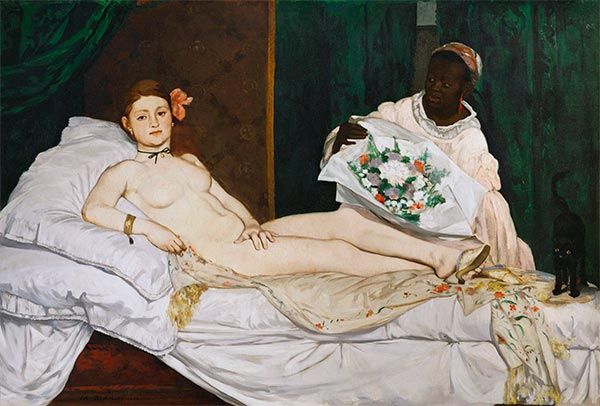
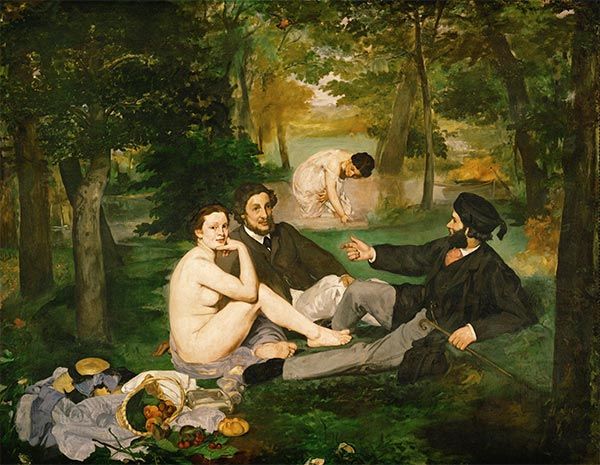
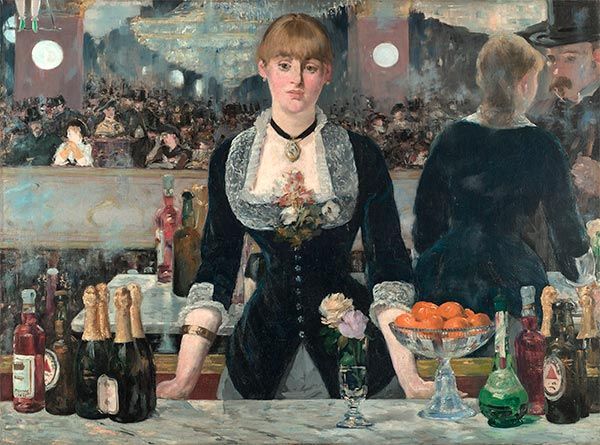
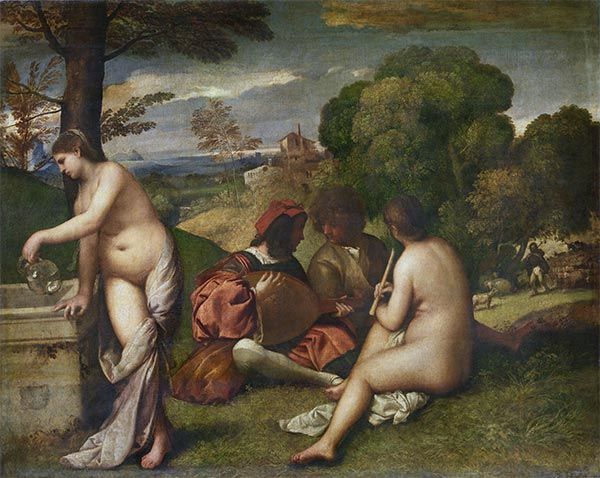
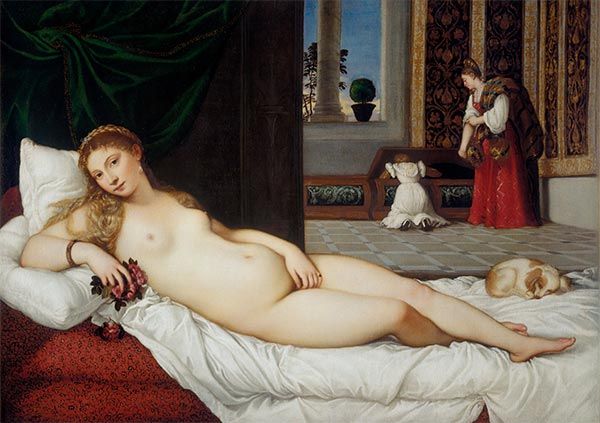
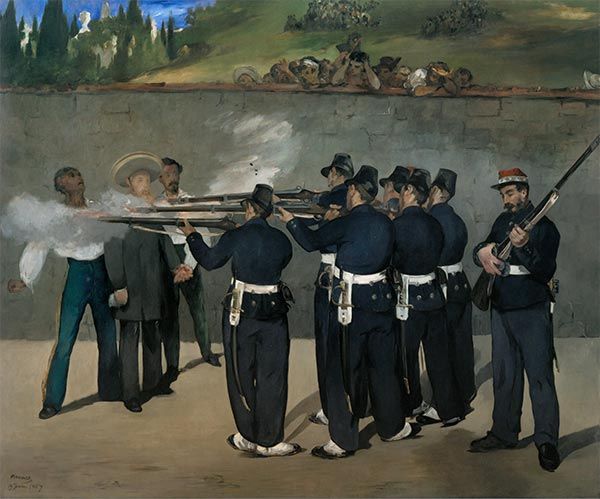
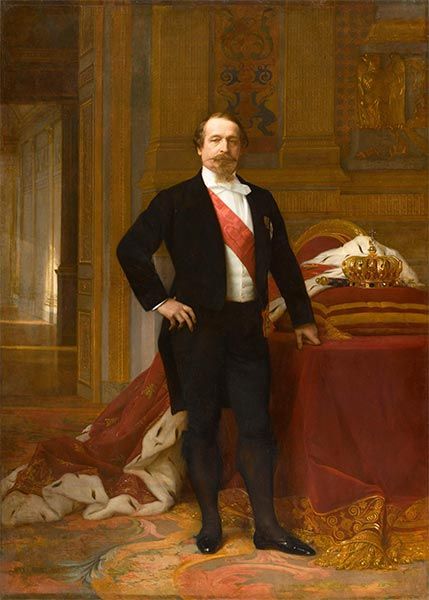
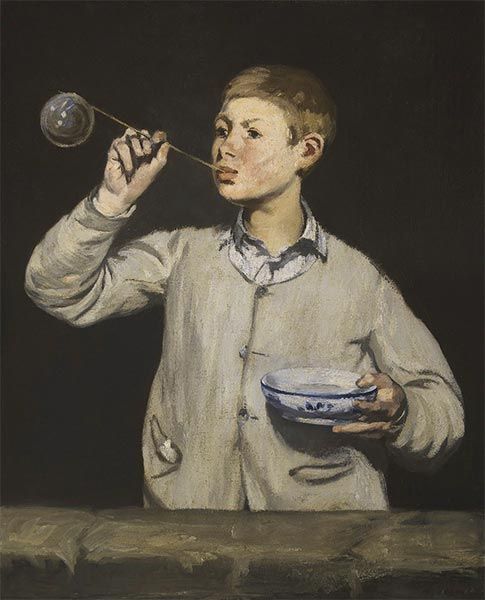
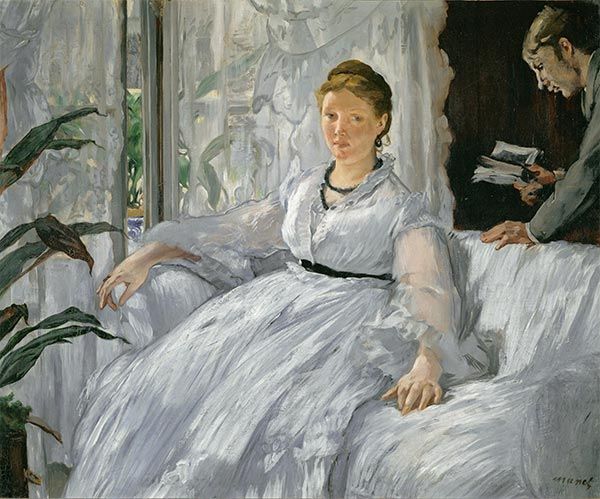
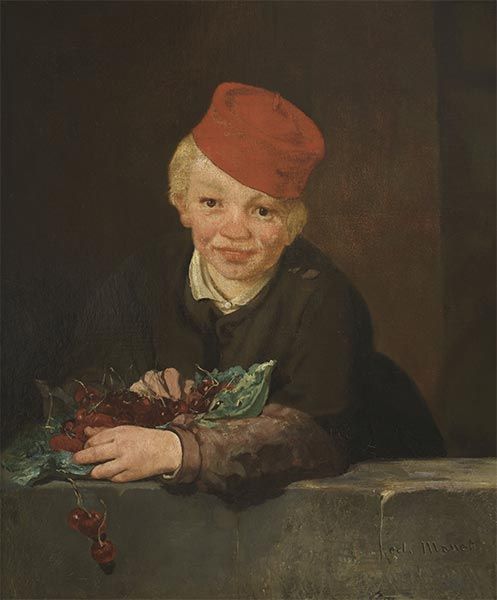
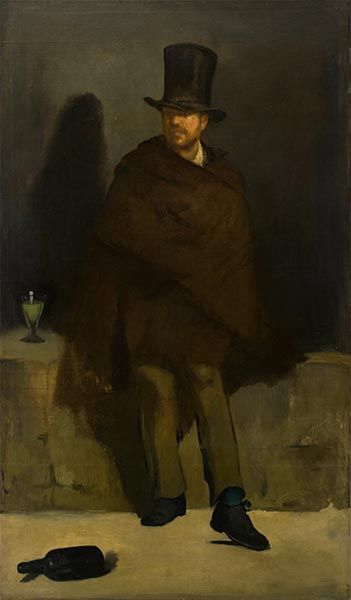
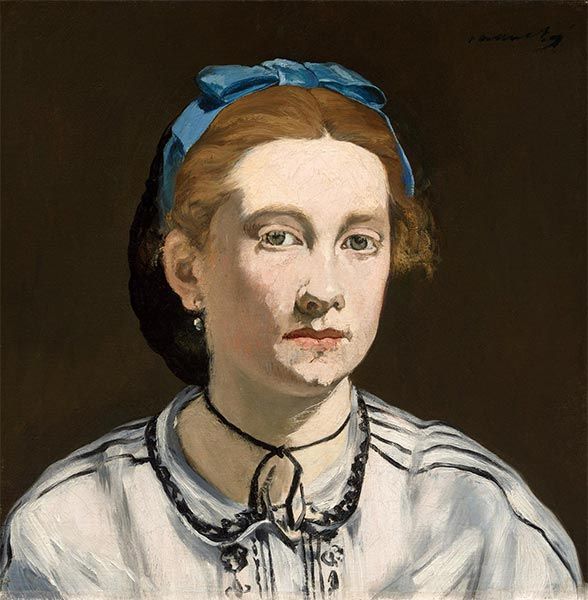
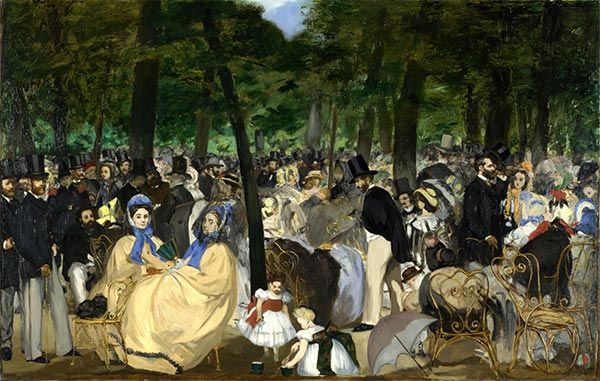
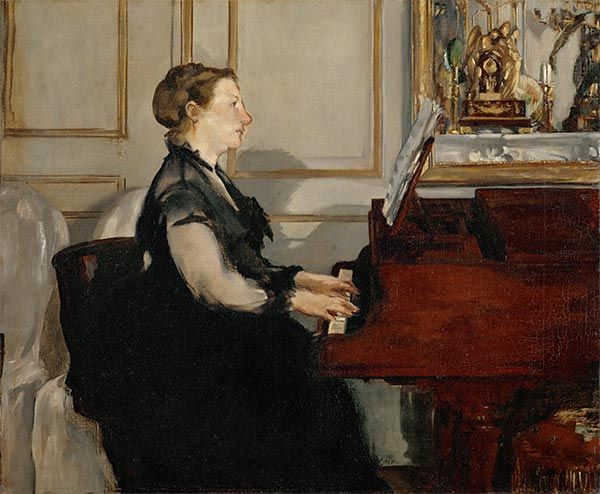
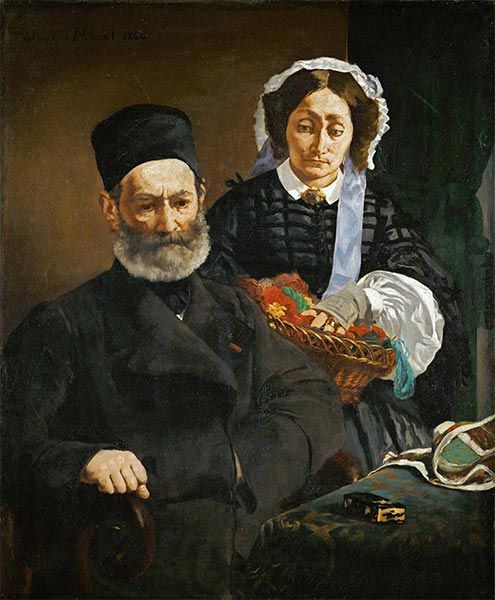
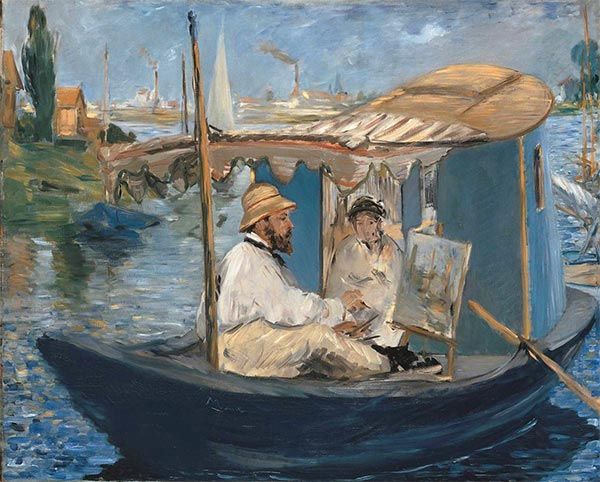
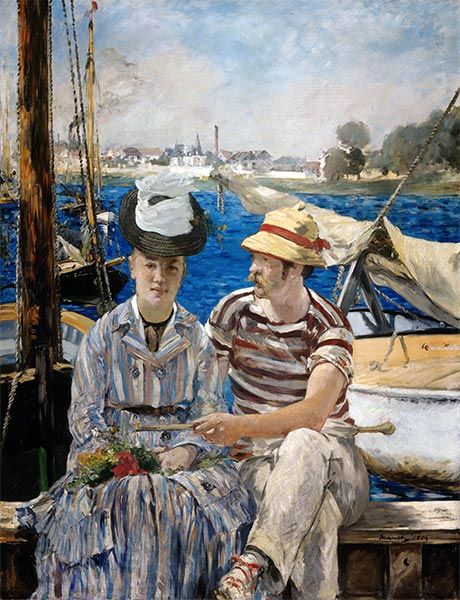
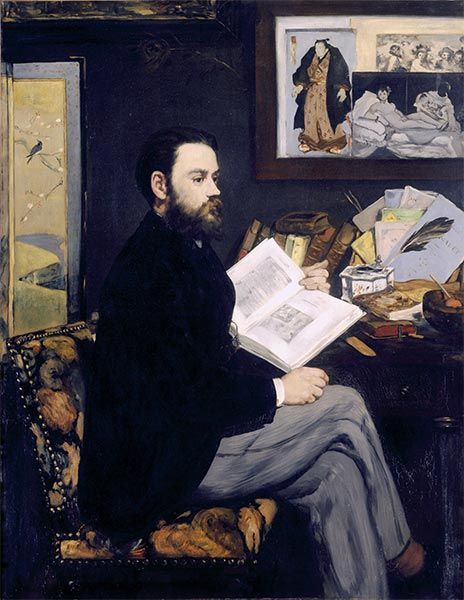
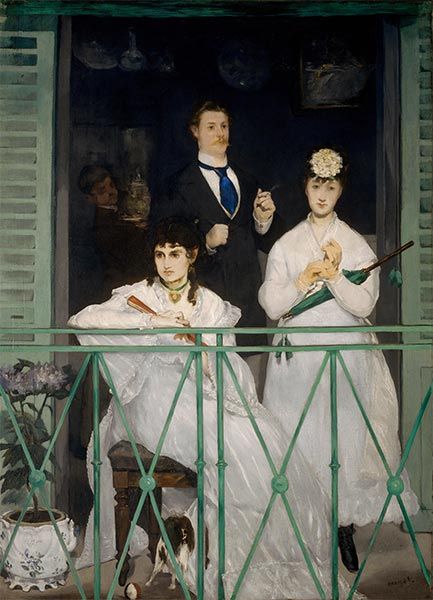
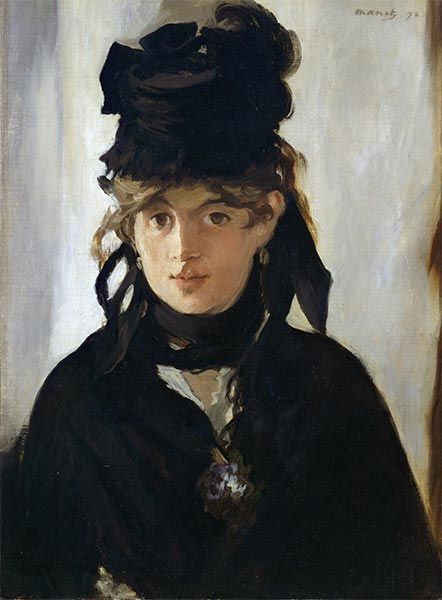
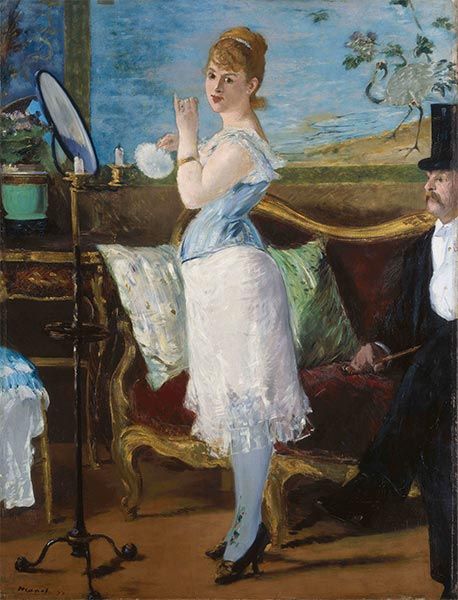
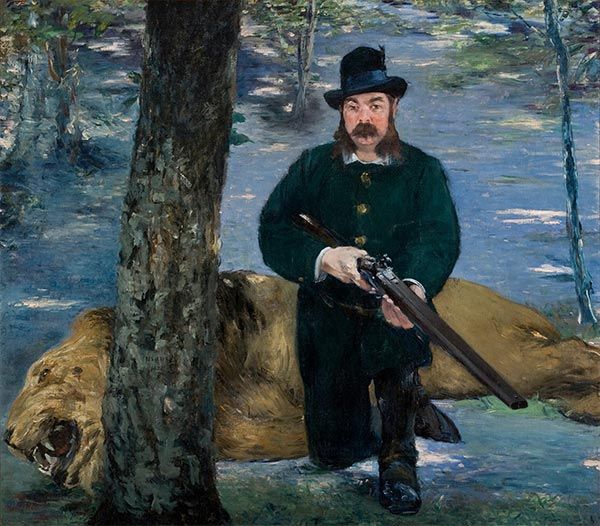
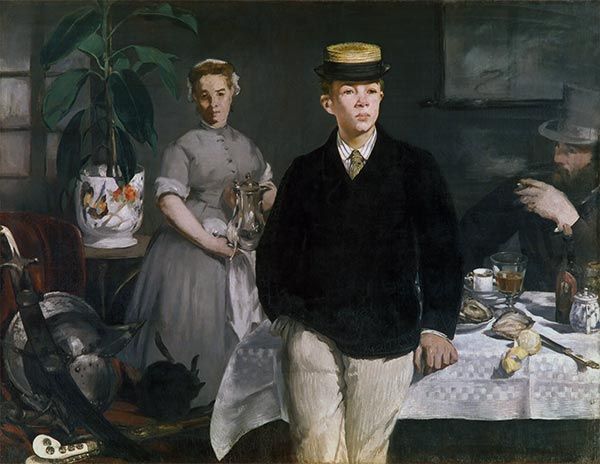
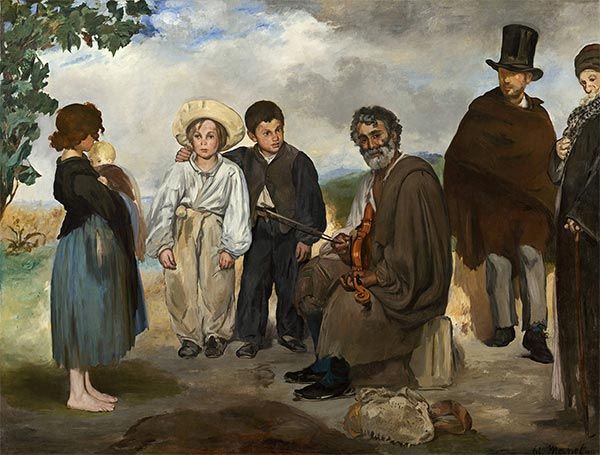
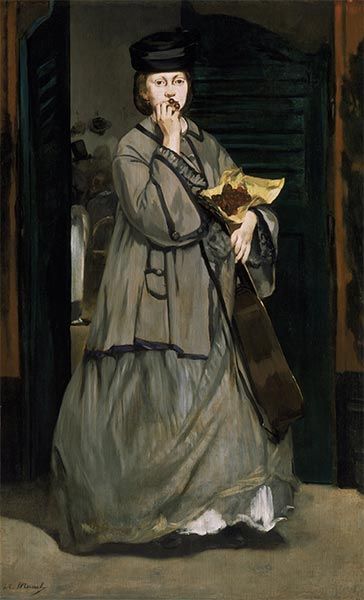
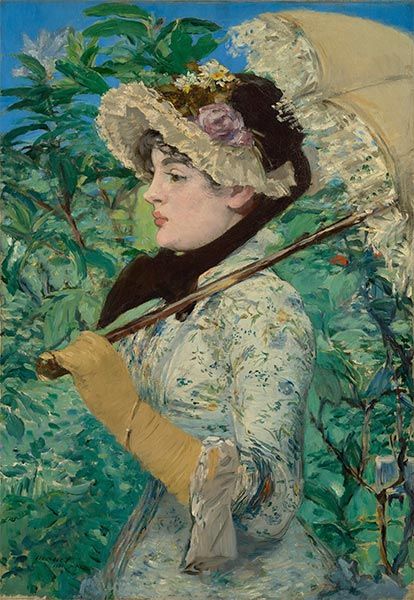
Comments